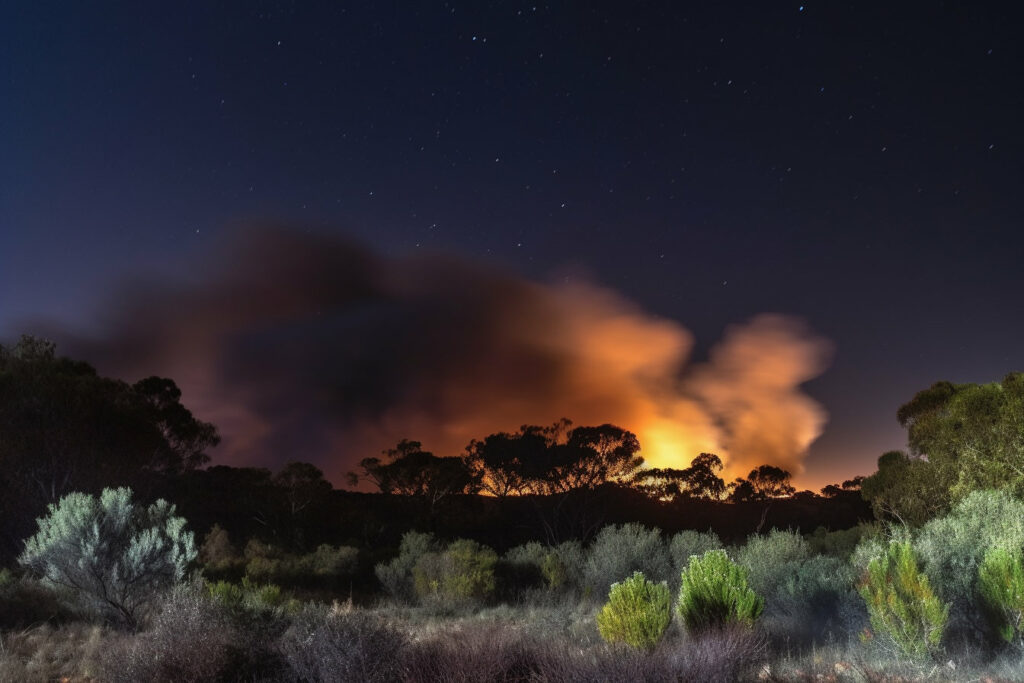This project extended previous research to include greater understanding of potential vegetation change and consider the combined effects of extreme climate conditions associated with high fire danger, aspects identified by Tasmanian fire managers as being necessary to help them make decisions about the timing of prescribed burning in the future. The project assessed changes in plant productivity throughout the year, to indicate potential changes to fuel growth in the future; modelled the future distribution of target species and vegetation communities as climate suitability changes; and assessed combinations of extreme events that may occur simultaneously or successively to influence bushfire behaviour or amplify its severity in the autumn/spring periods (eg. extreme heat, soil dryness and wind).

The project found that plants adapted to warmer and drier conditions are expected to become more productive and widespread across Tasmania. Declines in cool temperate and relictual Gondwanan species may occur, with implications for the need to protect fire sensitive natural assets. Changes in plant productivity and the distribution of dominant forest species are expected to affect what fuel is available at a site and the continuity of fuel across the landscape, with significant impacts on the extent, intensity, frequency and seasonality of fire. Changes in the coincidence of extreme weather conditions are projected, with regional and seasonal differences. In dry eucalypt forests across eastern Tasmania, weather suitable for prescribed burning is projected to increase in spring (as previously too wet and cold conditions become warmer and drier), however, there is a dramatic shift in spring weather to more closely resemble current summer conditions. In buttongrass moorlands in western Tasmania, fewer days are expected to be suitable for prescribed burning during summer, autumn and spring. More days during winter may be suitable, but these are not large enough to offset the decreases in the other seasons. These results have significant implications for the viability of prescribed burning in Tasmania under ongoing climate change.
This report can be cited as follows:
Harris, R. M. B., Love, P. T., Fox-Hughes, P., Remenyi, T. A., Bindoff N. L. (2019) An assessment of the viability of prescribed burning as a management tool under a changing climate – Stage 2, Technical Report, Antarctic Climate and Ecosystems Cooperative Research Centre, Hobart, Tasmania
